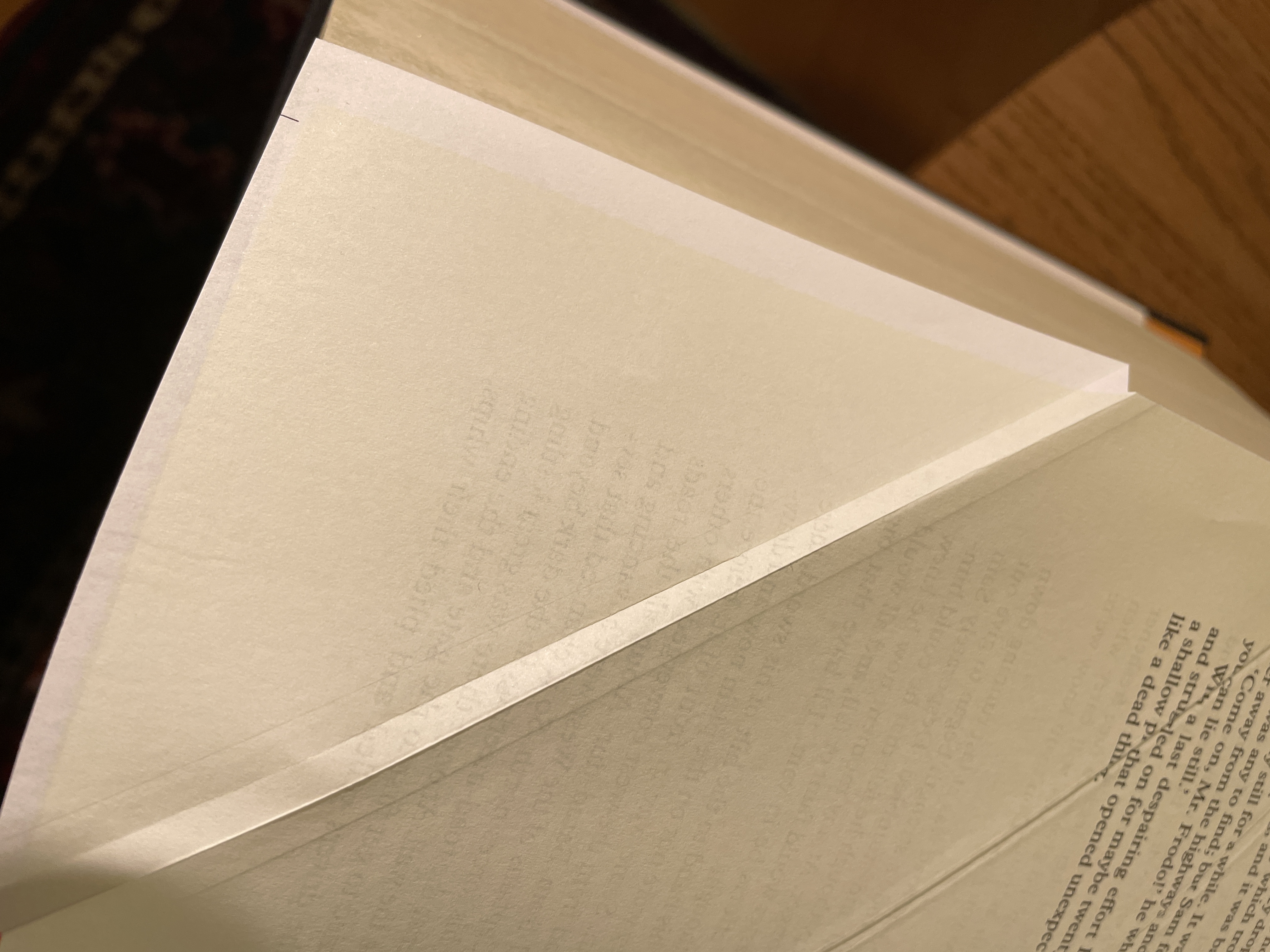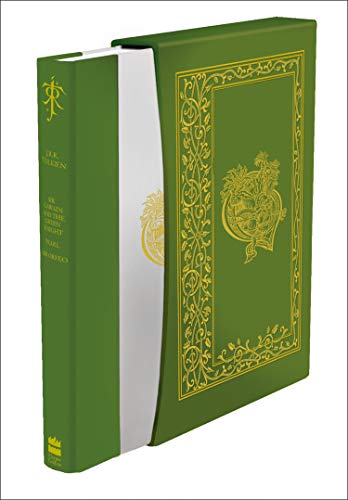I’m sorry if my opinion is unpopular…
… but whether it is 1% or 10% of the products that have these problems, it is a premium item for which HARPER COLLINS (not the printers!) are charging premium prices.
We can try to explain away this whole situation by speculating on all sorts of production issues and problems with the printers indeed, but Harper Collins is the company, the brand, the ultimate responsibility does lie with them, and they should own up to it.
… but whether it is 1% or 10% of the products that have these problems, it is a premium item for which HARPER COLLINS (not the printers!) are charging premium prices.
We can try to explain away this whole situation by speculating on all sorts of production issues and problems with the printers indeed, but Harper Collins is the company, the brand, the ultimate responsibility does lie with them, and they should own up to it.
eorl wrote:
I’m sorry if my opinion is unpopular…
… but whether it is 1% or 10% of the products that have these problems, it is a premium item for which HARPER COLLINS (not the printers!) are charging premium prices.
We can try to explain away this whole situation by speculating on all sorts of production issues and problems with the printers indeed, but Harper Collins is the company, the brand, the ultimate responsibility does lie with them, and they should own up to it.
This!
I buy my books with a HarperCollins logo on the spine, not a printers.
It is interesting what rate of defective copies will be for a standard edition which run was 100 000 copies according the information from HC. Because my standard copy has several issues, not as serious as what I see here, but anyways.
I noticed something strange in my dud-deluxe. The part of the page that should have been cut is whiter than the rest of the page. I wonder if the slight yellowish taint (and it’s fluctuations) is printed? Thus not actually variations in hues in the paper per se but rather a variation in printed hue.

I've noticed the same thing about "colouring the pages', but I thought it would be insane waste of inks to colour pages and for some reason doing that just to some bunches of pages. Wouldn't it be smarter just to puck a creamy paper?
Amedautrui: I agree that it would be an insane waste of ink. But as someone with experience in page-layout software (PageMaker and then InDesign), I can see where a designer might have inadvertently chosen a page color other then white/none, either for the whole book, or for some signatures, or at the even/odd page level, and then sent it to the printer. I'd have to study the pattern more to reach any conclusion, but it sure looks from this photo that that is what happened in at least this one case.
Looking at that picture on my laptop now, not my iPhone -- it certainly looks like that yellowness is printed. The non-transparent background colour theory could be good one.
onthetrail wrote:
eorl wrote:
I’m sorry if my opinion is unpopular…
… but whether it is 1% or 10% of the products that have these problems, it is a premium item for which HARPER COLLINS (not the printers!) are charging premium prices.
We can try to explain away this whole situation by speculating on all sorts of production issues and problems with the printers indeed, but Harper Collins is the company, the brand, the ultimate responsibility does lie with them, and they should own up to it.
This!
I buy my books with a HarperCollins logo on the spine, not a printers.
Totally - the printing issues might be the fault of Rotolito, but they are the responsibility of HarperCollins. I think the rubbish paper is entirely on HC. It isn't like they don't have a proven track record of low quality products (more often reprints, but not always). Some good stuff as well, but they don't shy away from mass market cheap and nasty.











 146
146 16.80K
16.80K